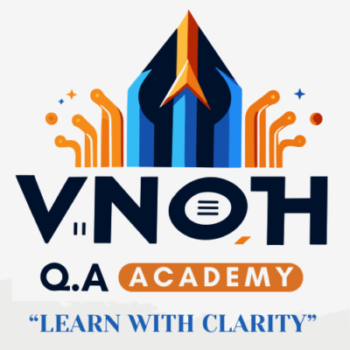History of Java
Java has a rich history that spans several decades, from its inception at Sun Microsystems to its current status as a foundational technology maintained by Oracle Corporation. Here’s an overview of the history of Java:
Early Beginnings #
1991 – Project Initiation:
- Java began as a project called “Green” initiated by James Gosling, Mike Sheridan, and Patrick Naughton at Sun Microsystems.
- The project aimed to develop a language for embedded systems in consumer electronics, such as televisions and VCRs.
1992 – Oak Programming Language:
- The team created a new language called Oak, named after an oak tree outside Gosling’s office.
- Oak was designed to be platform-independent and could be used across various devices.
Transformation to Java #
1994 – Internet Focus:
- As the internet began to gain popularity, the team realized Oak’s potential for web-based applications.
- Oak was renamed Java, inspired by the coffee consumed by the developers.
1995 – Official Launch:
- Sun Microsystems officially launched Java 1.0 with the tagline “Write Once, Run Anywhere” (WORA).
- Java’s platform independence, enabled by the Java Virtual Machine (JVM), was a significant innovation.
Growth and Development #
Late 1990s – Adoption and Expansion:
- Java quickly gained popularity for web applets, server-side applications, and enterprise solutions.
- Java Development Kit (JDK) and Java Runtime Environment (JRE) were released to aid developers.
1999 – Java 2 (J2SE, J2EE, J2ME):
- Java 2 introduced major enhancements and split into three editions:
- Java 2 Standard Edition (J2SE) for desktop applications.
- Java 2 Enterprise Edition (J2EE) for large-scale, distributed, and web-based applications.
- Java 2 Micro Edition (J2ME) for mobile and embedded devices.
Transition to Oracle #
2006 – Open Source:
- Sun Microsystems released Java as open-source software under the GNU General Public License (GPL).
- The OpenJDK project was established as an open-source implementation of the Java Platform.
2009 – Oracle Acquisition:
- Oracle Corporation acquired Sun Microsystems, including the rights to Java.
- Oracle continued to develop Java, maintaining its commitment to the open-source community through OpenJDK.
Modern Java #
2011 – Java 7:
- Java 7 introduced several new features, including the try-with-resources statement, improved exception handling, and the Fork/Join framework for parallel processing.
2014 – Java 8:
- Java 8 was a major release with the introduction of lambda expressions, the Stream API, and the new Date and Time API.
- These features significantly enhanced Java’s ability to handle functional programming and modern application development requirements.
2017 – Java 9 and Beyond:
- Java 9 introduced the Java Platform Module System (JPMS) to modularize the JDK and applications.
- Oracle announced a new release cadence, with a new version of Java being released every six months.
Recent Developments:
- Java 10 and onwards have continued to bring performance improvements, new language features, and enhancements to the JVM.
- The latest versions, including Java 16, 17, and beyond, focus on modernizing the language, improving performance, and increasing developer productivity.
Java Today #
- Continued Evolution: Java remains a robust, versatile language and platform used in a wide array of applications, from enterprise systems to Android development.
- Community and Ecosystem: The Java community continues to thrive, contributing to its extensive ecosystem of libraries, frameworks, and tools.
Java’s enduring popularity is due to its continuous evolution, strong community support, and its adaptability to changing technology landscapes, ensuring it remains a relevant and powerful language for developers worldwide.



